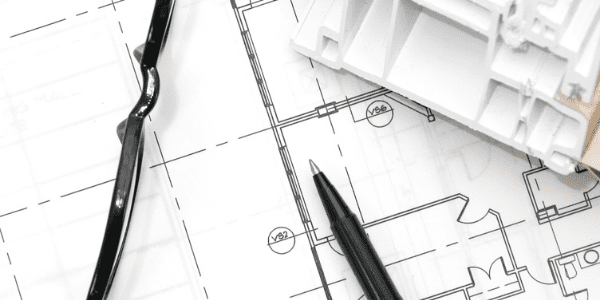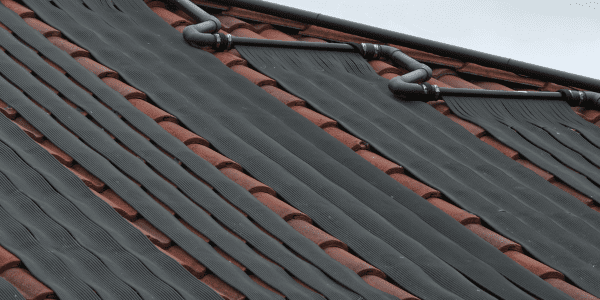
Steel and Insulation Don’t Mix
Unless energy prices get markedly higher, tacking on excessive amounts of wall insulation really doesn’t pay. That is to say, in a typical new commercial building, it may take the better part of 25 years to even start putting a significant dent in what you paid for that insulation, especially if you are using steel-studded walls. Steel studs play a key role in this mix-up primarily because of a thermally detrimental phenomenon known as thermal bridging. Although we can’t avoid the fact that steel has such poor insulating value, we can cost effectively minimize its effects and lower the costs with smart design.
The effects of thermal bridging can be very significant. A typical steel-studded wall construction with R-13 batt insulation only translates to a composite R-6 insulation value; that’s a loss of over half of the insulation’s r-value! Energy code (ASHRAE 90.1 2007) requires that buildings with metal studs have at least an R-13 level of cavity or batt insulation in addition to R-7.5 continuous rigid insulation (CI). The continuous insulation helps to “paper over” the thermal bridging effect, but is the batt insulation cost effective?
How it All Stacks Up
Despite the low cost of fiberglass cavity insulation, it is generally not a cost effective insulator when coupled with steel stud wall construction. Let’s consider one example building: a typical 25,000 square foot commercial office building with 2″ X 6″ steel-studded walls[i] and baseline energy code insulation levels compared with various insulation scenarios and their respective costs. The chart below highlights the installed cost of insulation, building energy costs, and the total life cycle cost (LCC) of the building over a 25 year period for its insulation[ii]. As shown, the second insulation configuration is double the code amount of continuous insulation “R-14 CI with no batt”, has the lowest life cycle cost, and has a lower first cost than baseline!
Configurations with greater levels of insulation have a higher first cost for materials and installation and take longer periods of time to pay for themselves in energy savings alone. This is the case for configurations 4 and 5. Additionally, you can see the annual energy costs are not dramatically reduced with increasingly high insulation levels in any case.
Conclusion
Continuous insulation greatly reduces the thermal bridging effect associated with steel stud wall constructions. For this type of wall, proper insulation design is critical in order to optimize thermal and economic effectiveness. Insulating much beyond code levels could be costly, even in terms of a building’s lifetime. Finally, there are other important considerations to take into account when designing walls and each situation has its optimal configuration depending on the building type, climate, and construction materials.
[i] Example was modeled as a commercial building using a whole building energy simulator with various wall insulation configurations based in a northern climate. All other variables were held constant.
[ii] Energy costs include 2009 fuel rates with US DOE commercial projected fuel escalation rates over a 25 year period.





